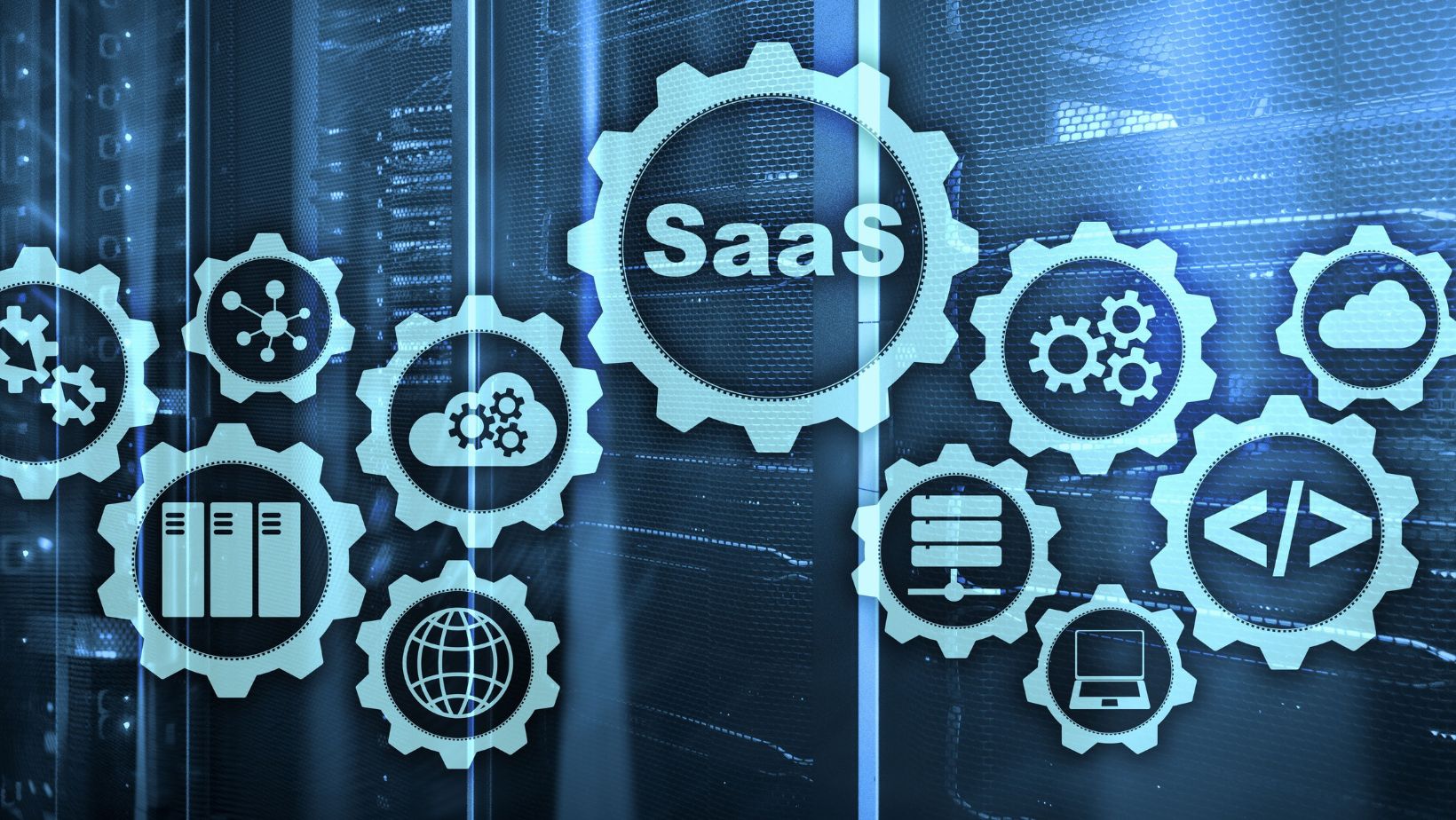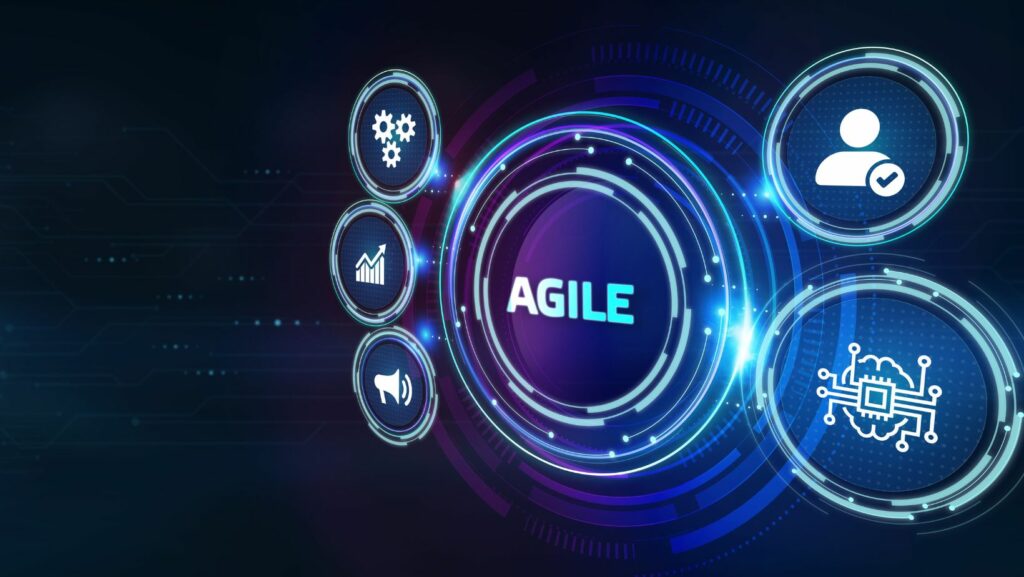As a seasoned software developer, I’ve delved into various software development models that shape the way we create applications. Understanding these models is crucial for delivering successful projects on time and within budget. From the iterative approach of Agile to the structured waterfall method, each model offers a unique framework for development teams to follow. In the fast-paced world of software engineering, choosing the right development model can make or break a project. By exploring the strengths and weaknesses of different models, we can adapt our processes to suit the specific needs of each project.
Software Development Models
Software development models are frameworks that define the processes used to design, create, and deliver software applications. They offer structured guidelines for developers to follow throughout the software development lifecycle, ensuring efficiency and quality in project delivery.
What Are Software Development Models?

Software development models are essential blueprints that outline the steps involved in software development, helping teams streamline their processes and manage resources effectively. These models encompass different methodologies, such as the Agile approach, Waterfall method, Scrum, and Kanban, each with its unique characteristics and benefits. Understanding these models is crucial for development teams to choose the most suitable approach based on project requirements and constraints.
Importance of Choosing the Right Model
Selecting the appropriate software development model is crucial for the success of any project. The chosen model influences various aspects of the development process, including project timeline, resource allocation, flexibility, and risk management. By carefully evaluating the strengths and weaknesses of different models, teams can align their development approach with project objectives, ensuring efficient collaboration, innovation, and timely delivery of high-quality software solutions.
Popular Software Development Models
When it comes to software development, understanding different models is crucial for successful project delivery. These models provide structured guidelines throughout the development lifecycle, ensuring efficiency and quality. Let’s explore three popular software development models: the Waterfall Model, Agile Model, and DevOps.
Waterfall Model

In the Waterfall Model, the development process flows sequentially through distinct phases. Each phase must be completed before moving on to the next, resembling a cascading waterfall. This model is ideal for projects with well-defined requirements and where changes are costly once the project is underway. It ensures a clear roadmap from the beginning, making it easier to estimate timelines and resources accurately. However, its rigid structure can be challenging when requirements evolve or flexibility is needed.By comparing these models, we gain valuable insights into their suitability for different project types. The structured approach of Waterfall, the adaptability of Agile, and the integration of DevOps are shaping the future of software development. Stay updated on these trends to optimize
Agile Model

The Agile Model prioritizes flexibility and adaptability throughout the development cycle. It involves breaking the project into smaller increments or sprints, allowing for continuous feedback and adjustments. Agile promotes collaboration, customer involvement, and rapid delivery of working software. Teams using Agile can quickly respond to change, which is beneficial in today’s fast-paced and dynamic business environment. However, the Agile Model requires a high level of collaboration, communication, and adaptability from team members.Understanding the characteristics of the Waterfall Model, Agile Model, and DevOps sheds light on their practical applications.
Comparing Software Development Models
When discussing software development models, it’s crucial to understand the varying advantages and disadvantages that each model offers. Additionally, exploring case scenarios for models like the Waterfall Model, Agile Model, and DevOps can provide insights into their practical applications.
Advantages and Disadvantages
- Waterfall Model:
- Advantages:
- Ideal for projects with well-defined requirements.
- Disadvantages:
- Limited flexibility for changes during the development process.
- Agile Model:
- Advantages:
- Promotes adaptability and collaboration among team members.
- Disadvantages:
- Requires active involvement and availability of stakeholders throughout the project.
Emerging Trends in Software Development Models
As we wrap up our exploration of software development models, it’s clear that choosing the right approach is crucial for project success. Agile, Waterfall, Scrum, and Kanban offer diverse methodologies to suit various project requirements. Each model brings unique advantages and challenges to the table, emphasizing the need for informed decision-making.



